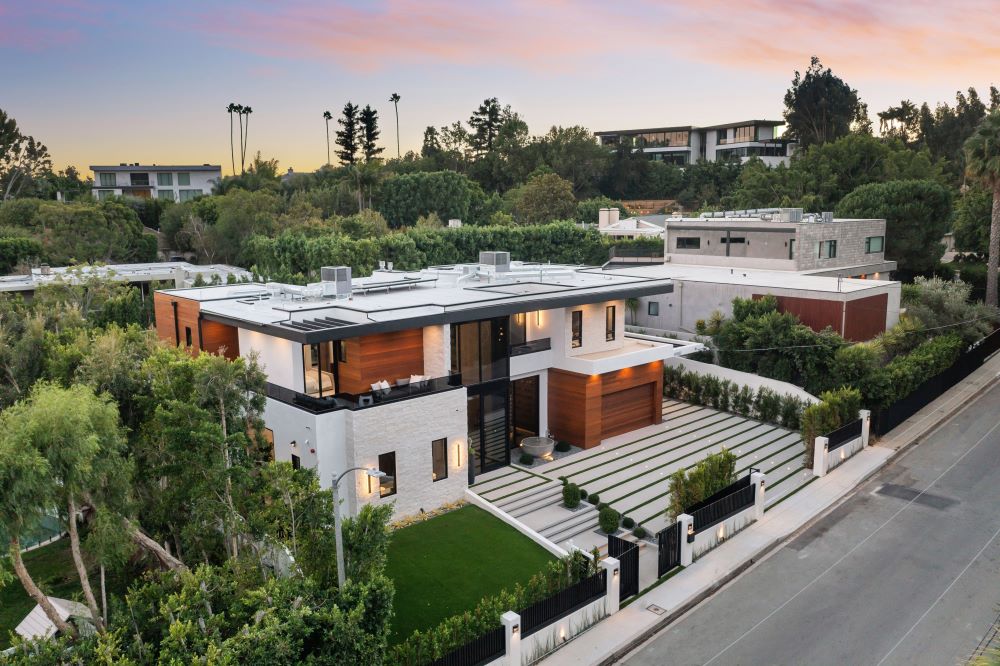The layout of Nichols House JHY stands as a masterclass in architectural design, a perfect symphony of form, function, and historical elegance. More than just an arrangement of rooms, its floor plan is a thoughtful narrative that guides inhabitants through spaces designed for both grand entertaining and quiet, private life. This home is not merely a structure but an experience, reflecting a time when craftsmanship and spatial planning were paramount. Its enduring appeal offers timeless lessons for modern homeowners and design enthusiasts. The intelligent layout of Nichols House JHY remains a benchmark for blending aesthetic beauty with everyday practicality.
Historical Context of Layout of Nichols House JHY
The Nichols House JHY was commissioned in the early 20th century, a period of significant transition in architectural design. It was built for a family that valued both social grace and domestic comfort. The architect, whose name is often overshadowed by the home’s own legacy, skillfully blended elements from the fading Victorian era with the emerging modernist principles. This resulted in a unique style that feels both ornate and refreshingly straightforward.
The core philosophy behind the layout of Nichols House JHY was to create a seamless flow between spaces while maintaining distinct areas for specific functions. This was achieved through strategic placement of rooms, careful consideration of traffic patterns, and a brilliant use of natural light. The design intentionally avoids long, dark hallways, instead using open archways and aligned doorways to connect spaces visually and physically. This creates a sense of expansiveness and connectivity throughout the home.
A Detailed Walkthrough of the Layout of Nichols House JHY
The Grand Entrance and Central Foyer
Upon entering, one is immediately struck by the generous foyer. This is not merely a doorway but a statement piece and a central hub. It features intricate woodwork, a sweeping staircase, and strategic sightlines that offer a tempting glimpse into the main living areas. The foyer in the layout of Nichols House JHY effectively sets the tone for the entire home, serving as a graceful transition from the outside world. It efficiently distributes traffic to the home’s main wings without feeling like a congested corridor.
The Heart of the Home: Social and Living Spaces
The main living and dining areas are the undeniable core of the home’s social footprint. These rooms are arranged in an open-plan concept that was remarkably forward-thinking for its time. Large, double-width openings or broad archways connect them, allowing for easy movement and conversation during gatherings. Despite this openness, each space maintains its own identity through features like built-in cabinetry, distinct lighting fixtures, and subtle changes in ceiling design. This area of the layout of Nichols House JHY is flooded with natural light from numerous large windows, making it feel vibrant and welcoming.
Kitchen and Service Areas
Tucked away for functionality but perfectly connected for service, the kitchen area showcases the practical genius of the layout. It is accessible from both the dining room and a secondary entrance, facilitating the easy receipt of goods and discreet management of household affairs. The kitchen itself was designed for efficiency, often featuring a central work table, ample storage, and a cozy breakfast nook. The placement of pantries and utility rooms adjacent to the kitchen creates a self-contained service wing that operates smoothly without interrupting the home’s elegant flow.
The Private Quarters
The upper floor of the Nichols House JHY is dedicated to private life. The layout masterfully separates the family’s sleeping quarters from the home’s public areas below. The staircase leads to a landing that acts as a second, smaller hub, providing access to the bedrooms. This design ensures privacy and tranquility. The master suite is a key feature, often boasting its own en-suite bathroom—a relative luxury in its day—a walk-in closet, and generous windows. Secondary bedrooms are thoughtfully positioned, often sharing a well-appointed Jack-and-Jill bathroom, demonstrating a clever and efficient use of space.
Integration with the Outdoors
A crucial aspect of the layout of Nichols House JHY is its relationship with the outdoors. The design blurs the line between inside and outside. French doors or large sliding panels open from the living areas onto patios, verandas, or lush gardens. This intentional connection provides extended living space and allows the natural landscape to become an integral part of the home’s aesthetic. This biophilic design principle ensures the home feels grounded and peaceful.
Why the Layout of Nichols House JHY Remains Relevant
The design principles embodied in this home are strikingly modern. Its emphasis on open-flow living, abundant natural light, and functional zoning aligns perfectly with contemporary desires for bright, adaptable spaces. The layout feels surprisingly current, proving that good design is timeless. For anyone building or renovating a home today, the Nichols House JHY offers inspiration on how to create a space that is both beautiful for entertaining and practical for daily life. Its intelligent footprint demonstrates how to achieve grandeur without sacrificing comfort and coziness.
Frequently Asked Questions (FAQs)
What architectural style most influenced the layout of Nichols House JHY?
The layout of Nichols House JHY is primarily a blend of late Victorian sensibility and early Modernist principles. You can see this in the transition from more formal, defined rooms to the open, flowing spaces that connect the main living areas, a precursor to the open-floor plans popular today.
How does the layout of Nichols House JHY handle natural light?
The architect prioritized natural light as a key design element. This was achieved through an abundance of large, strategically placed windows, the use of transoms above doors, and the careful alignment of rooms and doorways to allow light to penetrate deep into the home’s interior.
Is the layout of Nichols House JHY considered efficient for modern living?
Absolutely. While historical, the floor plan is highly efficient due to its logical zoning. The clear separation between public social spaces and private family quarters reduces noise and disruption. The practical location of the kitchen and service areas also remains a highly functional model for modern homes.
What is the most celebrated feature of the layout?
Most architects point to the home’s seamless flow as its most celebrated feature. The way the foyer elegantly circulates traffic and the way the living spaces interconnect without feeling like one cavernous room is a testament to meticulous planning and skillful design. The integration of indoor and outdoor spaces is also a highly regarded aspect.
How can I incorporate elements of this layout into a newer home?
You can incorporate these ideas by prioritizing an open yet defined floor plan, using archways or partial walls to separate spaces instead of solid doors. Focus on creating a clear line of sight to the outdoors from key rooms and ensure your home has a logical flow that separates private and public zones.




